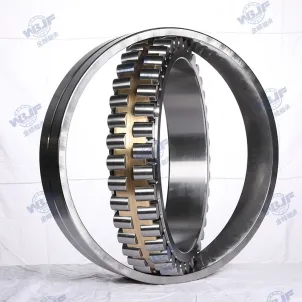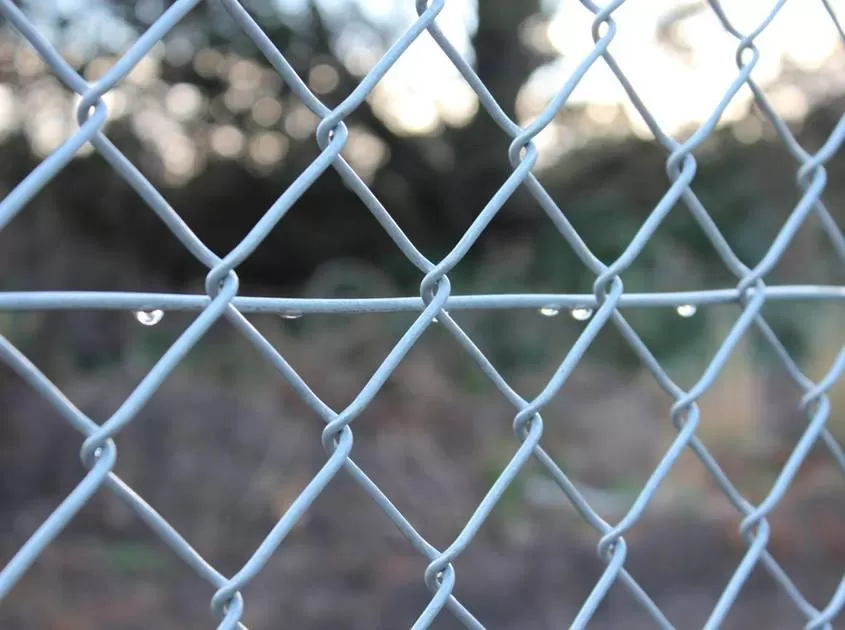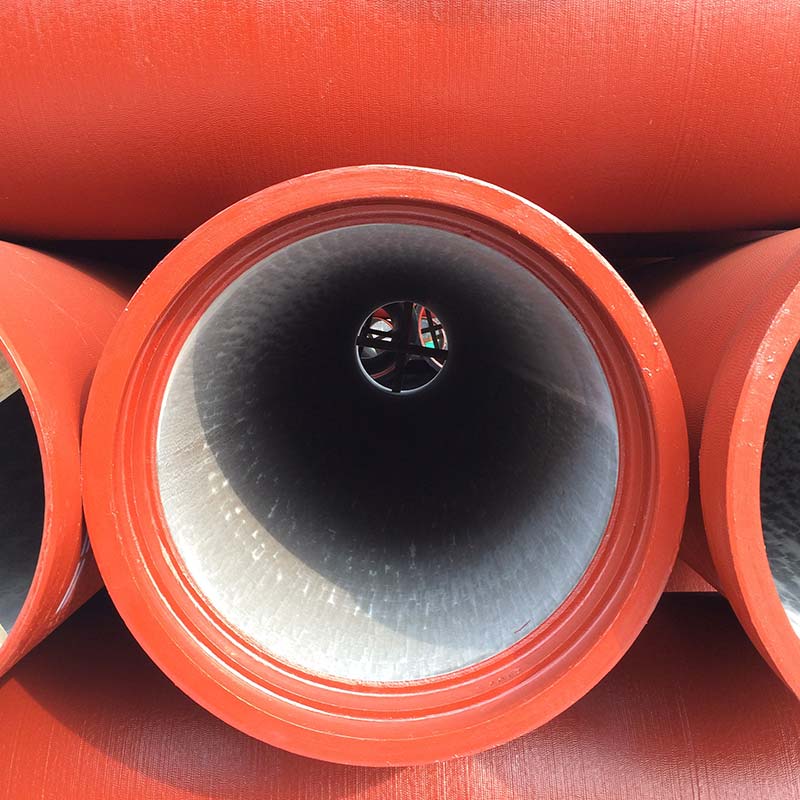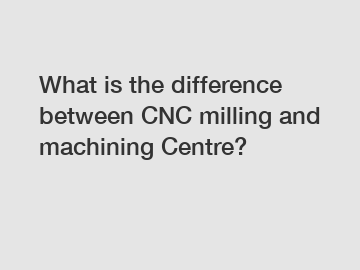Custom metal stamping describes metal forming processes that require custom tooling and techniques to produce parts specified by the customer.
A wide range of industries and applications employ custom stamping processes to meet high-volume production needs and ensure all parts meet exact specifications.
Stamping Basics
Stamping — also called pressing — involves placing flat sheet metal, in either coil or blank form, into a stamping press. In the press, a tool and die surface form the metal into the desired shape. Punching, blanking, bending, coining, embossing, and flanging are all stamping techniques used to shape the metal.

Stainless Steel S Shaped Hook
progressive-stamping
Before the material can be formed, stamping professionals must design the tooling via CAD/CAM engineering technology. These designs must be as precise as possible to ensure each punch and bend maintains proper clearance and, therefore, optimal part quality. A single tool 3D model can contain hundreds of parts, so the design process is often quite complex and time-consuming.
Once the tool’s design is established, a manufacturer can use a variety of machining, grinding, wire EDM and other manufacturing services to complete its production.
Fourslide vs. Progressive Die
After the tool is completed, it’s time to get to work on the parts. The metal stamping process will already be determined by engineers during the tool’s design, and each process delivers certain advantages.
Two of the most common types of stamping — fourslide stamping and progressive die stamping — offer unique benefits for different applications. Progressive die stamping provides an affordable way to perform multiple actions on a single press, eliminating inefficiencies and allowing for a speedy, streamlined process.

Metal Stamping Gasket
Tooling doesn’t need to be changed constantly and multiple presses are unnecessary, making it ideal for high volume productions. The tooling investment is sometimes higher than fourslide, but piece prices may be lower due to higher run speeds.
Featured content:What Is Ductile Iron Pipe Used for?Fiberglass Telescopic Pole: A Durable and Versatile Tool for Height AccessFeatures and Benefits of Threaded BarThe Most Precise Metal Casting: Achieving Unparalleled Accuracy in ManufacturingCylindrical Door Lock: Ensuring Security and ConvenienceWhat Are The Key Design Considerations for Plastic Injection Molding?Shandong NiuShang Auto Parts Co., Ltd participated in the Iran (Tehran) International Auto Parts Exhibition
Fourslide stamping, on the other hand, involves horizontal alignment and four different slides; in other words, four tools are used simultaneously to shape the workpiece. This process allows for intricate cuts and complex bends to develop even the most complex parts.
Custom Metal Stamping Projects
Design engineers can work on a wide range of metal stamping projects for clients across various industries.
Metal stamping does not require a standard form found in a catalogue. In fact, custom metal stamping offers countless options, compatibility, durability and many more advantages than off-the-shelf models. When your production requires options specific to your needs, contact Huicong Hardware to create the custom variants you need.

V Shape Spring Clip
Metal stamping presses metal into a variety of shapes. This process can be used to create catalogue models using standard production methods. However, facilities equipped with a variety of stamping equipment can customise parts to meet the needs of specific customers.
Catalogue, also known as standard, parts have a predetermined size and shape. Unfortunately, these components do not meet all the needs of every industry. For example, the construction of certain components may require highly specific tolerances not guaranteed in catalogue parts.
In addition, the materials required for the parts may not be those used in the standard options. For example, components used in prosthetics, electrolytic capacitors and aerospace components may require parts made from tantalum. This metal has a high quality deep-drawing capability and a high melting point. Because it is used for highly specific purposes, it may not be commonly found in standard parts.
Controlling the design of the part means that you indicate the required tolerances, special shapes, materials, finishes, etc., which are not available to you when selecting from a catalogue. By choosing a metal stamping custom design or other custom tool for your project, you have maximum control over the part to ensure it meets your needs.
The source is from here.
Featured content:Exploring the Versatility and Advantages of the Spherical Hex NutMaximizing Efficiency and Precision: The High Pressure Control ValveMaximizing Your Space with Aluminum Window and Door AccessoriesHow to Master the Art of Using a Collet Chuck?Understanding How a Pneumatic Pump WorksUnlocking the Flow: Mastering the Dynamics of Butterfly ValvesGlobe Valve vs. Gate Valve: Unveiling the Superior Choice









Comments
Please Join Us to post.
0